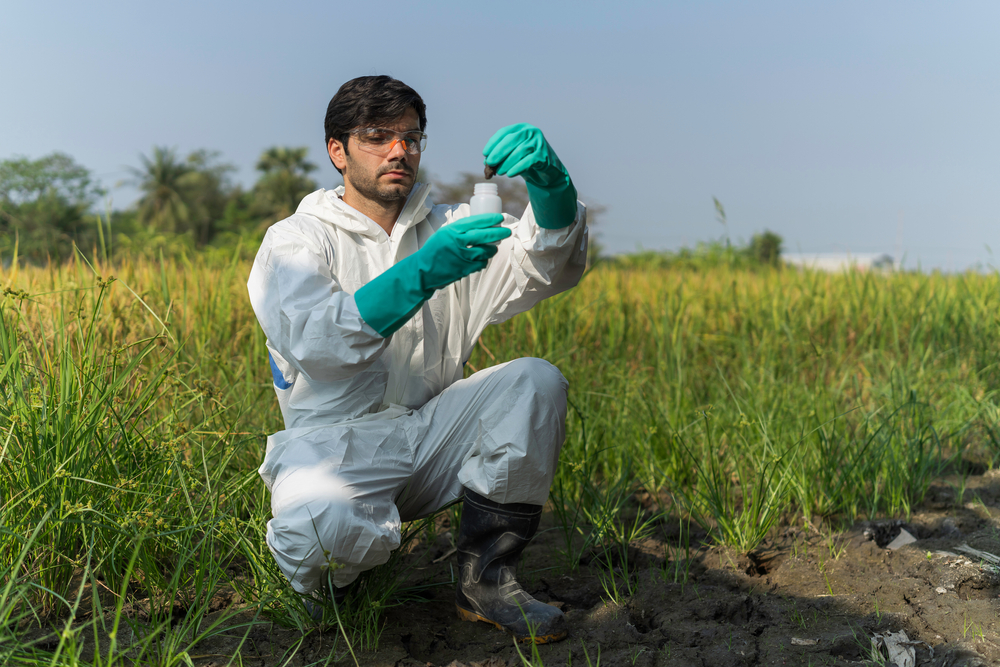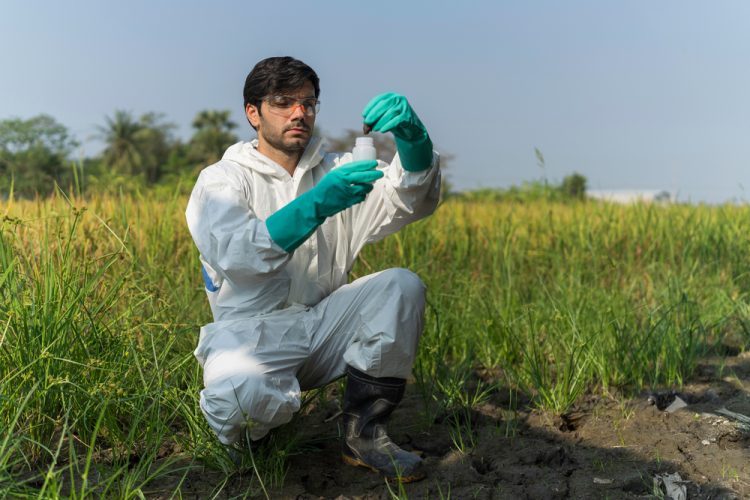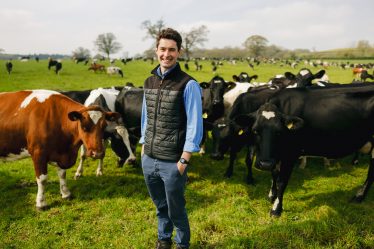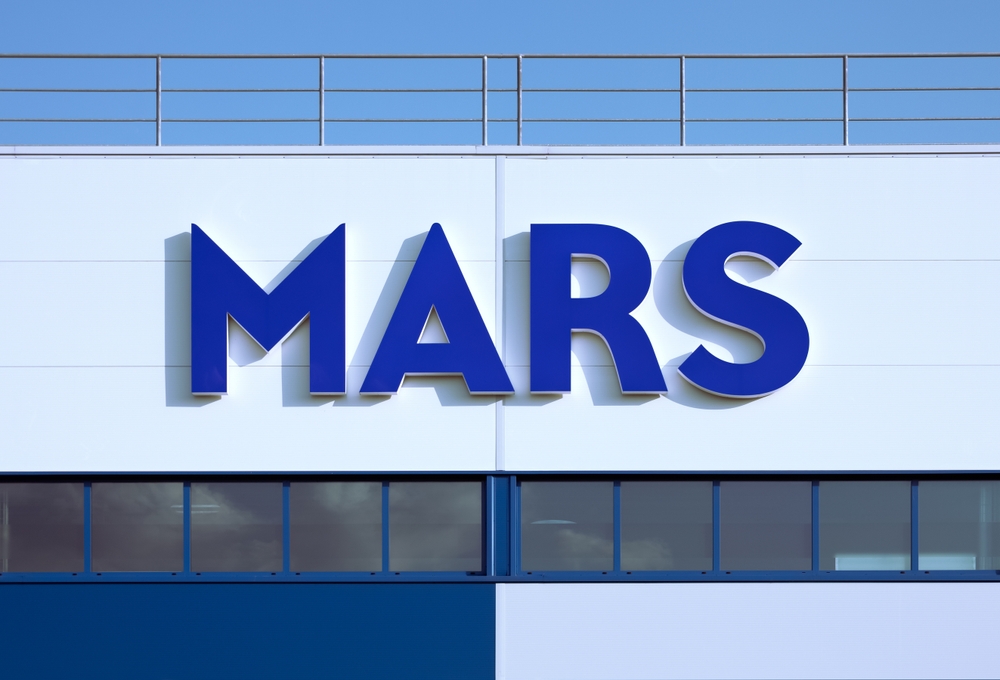
As climate pressures reshape European agriculture and reclaimed water use expands, food safety monitoring is entering a new phase. Advanced HRMS strategies, combined with routine testing and risk assessment frameworks, are giving regulators and industry the tools to protect trust in the food chain.


Europe’s summer of 2025 once again exposed the fragility of its agricultural systems. In June, the European Commission’s Joint Research Centre (JRC) warned that escalating drought would stress soils, rivers and crops across much of the continent. That forecast was borne out as harvests fell short and reservoirs dipped to critical lows, bringing renewed attention to how the food sector is monitoring contaminants in water and soil to protect production and safety.
Against this backdrop, the EU is encouraging wider use of reclaimed water through Regulation (EU) 2020/741, fully enforceable since June 2023. While reuse can help safeguard production in times of scarcity, scrutiny over its safety is intensifying. The regulation sets minimum standards for reuse and obliges operators to demonstrate that monitoring and risk management are robust.
For the food sector, the challenge is no longer theoretical. Companies must show that reclaimed irrigation water does not compromise safety.
Risks below the radar
Research has shown that pharmaceuticals such as carbamazepine and diclofenac can persist through wastewater treatment, accumulate in soils and even transfer to greenhouse crops irrigated with reclaimed water.
In one study, residues of these compounds were detected in greenhouse lettuce grown with treated wastewater. Lettuce was used as a test crop because it is widely consumed raw, meaning that any contaminants present are more likely to reach consumers directly. Detecting pharmaceutical residues in such a staple illustrates how contaminants can move beyond the farm environment and into the food chain.
These residues are not always part of routine monitoring, yet their stability means they can build up over time. Such blind spots have significant implications. They expose producers to potential regulatory challenges, supply chain scrutiny and reputational risk. High-profile food safety incidents in the past decade show how quickly consumer trust collapses when contaminants enter the supply chain. These lessons highlight why the food sector must move beyond conventional monitoring and adopt more adaptable strategies.
Why analytical strategies are evolving
Conventional residue testing remains the backbone of monitoring programmes. Targeted methods are effective at detecting known compounds at regulated limits. But as the list of possible contaminants expands and water reuse accelerates, technical teams are exploring more flexible, forward-looking approaches.
High-resolution mass spectrometry (HRMS) is emerging as a powerful ally in this space. Unlike traditional tests, which look only for what they are designed to detect, studies have shown that HRMS can scan broadly across a sample, flagging unexpected or emerging contaminants that might otherwise be missed. Importantly, the datasets it produces can be re-examined as new risks are identified, turning today’s results into tomorrow’s evidence. In a sector where new contaminants can appear without warning, this flexibility gives HRMS a clear advantage.
Other tools and frameworks are part of this shift as well. Risk assessment models can help quantify potential exposure risks for both consumers and ecosystems. Strengthened pesticide testing ensures that regulated residues are controlled alongside unregulated ones. Meanwhile, environmental surveillance programmes track broader ecosystem impacts, providing early warning signals that complement laboratory monitoring. Together, these approaches create a more layered defence for food safety.
Looking ahead
Europe’s food system is entering a period of closer scrutiny. With Regulation (EU) 2020/741 in force and drought conditions persisting, the food sector must show it can control risks to maintain consumer confidence. As a result, both regulators and brands face growing pressure to demonstrate not just compliance but proactive monitoring, with those that respond early best placed to safeguard brand integrity and build resilience into the food system.
Interested in learning more? In New Food’s upcoming free webinar, Protecting the food chain: Advanced HRMS strategies for contaminants in water and soil, Dr Lorena Manzano Sánchez of the University of Almería demonstrates the benefits of advanced monitoring and HRMS with case studies from real-world greenhouse experiments.
Related topics
Contaminants, Environment, Equipment, Food Safety, Gas Chromatography/Mass Spec (GC/MS), Health & Nutrition, Lab techniques, Regulation & Legislation, Sanitation, Supply chain, Water, World Food


